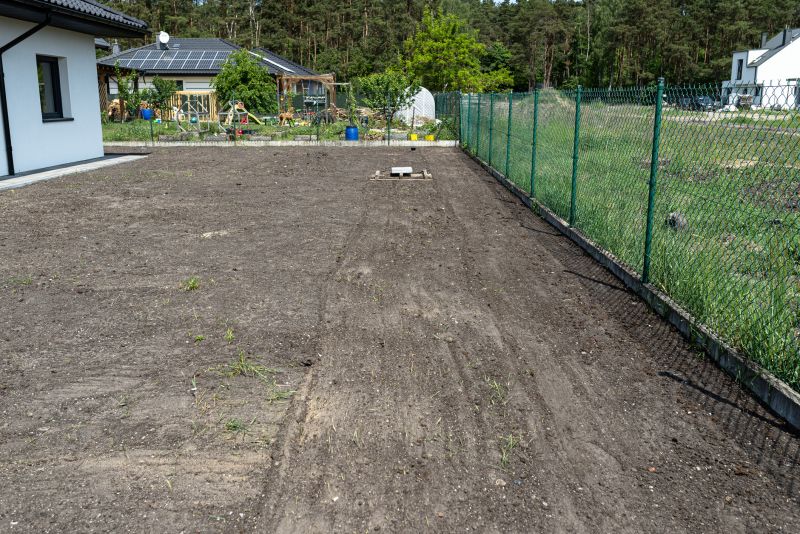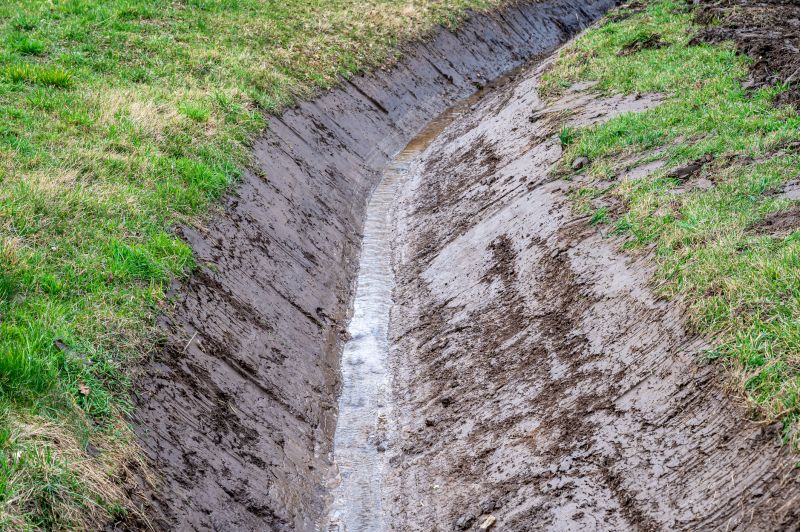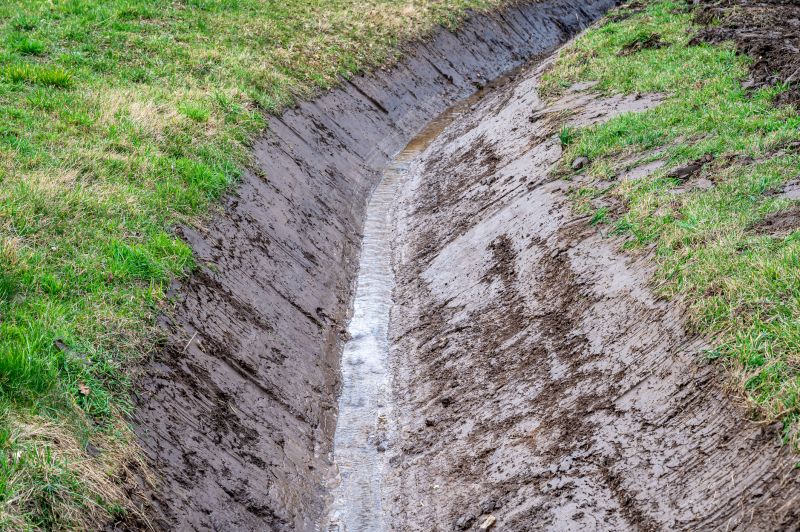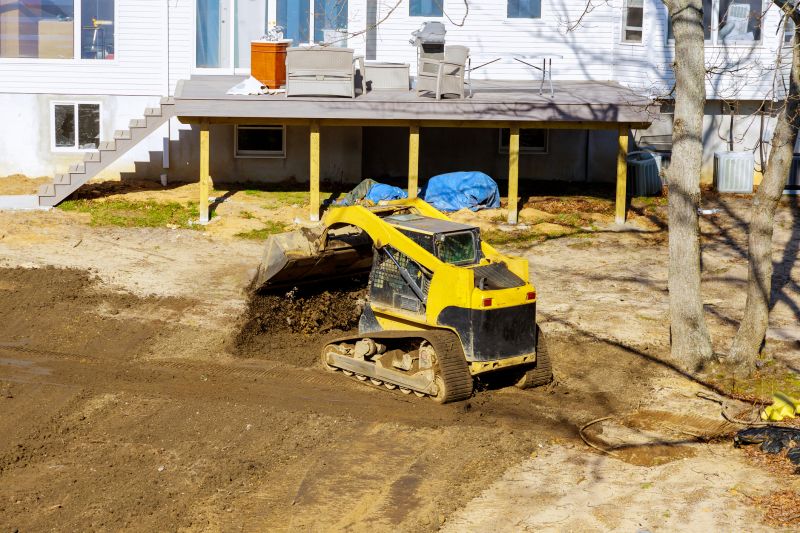Yard Slope Planning and Resloping
Lawn grading involves adjusting the surface to promote water runoff and prevent pooling, creating a healthy and stable lawn environment.
Resloping improves drainage, reduces erosion, and enhances the landscape's aesthetic appeal by correcting existing slope issues.
Effective slope planning ensures proper water flow away from structures, minimizing water damage and soil erosion.
Heavy-duty graders, skid steers, and rototillers are commonly used for yard grading and resloping projects.

A professional grading yard to improve drainage.

Heavy machinery preparing the landscape.

Completed grading with proper drainage slope.

Designing slopes for optimal water runoff.

Adjusting existing slopes for better drainage.

Professional grading for homes.

Large-scale grading for commercial properties.

Ensuring proper slope and drainage.
| Aspect | Details |
|---|---|
| Typical Duration | Several hours to a few days depending on yard size |
| Equipment Used | Graders, skid steers, rototillers, and compactors |
| Process Steps | Assessment, excavation, grading, and final shaping |
| Ideal Conditions | Dry weather for optimal results |
| Post-Work Maintenance | Regular inspection and minor adjustments |
Proper yard sloping is essential for effective drainage and landscape stability. The process typically involves assessing the current slope, excavating or reshaping the terrain, and ensuring the slope directs water away from structures. The duration depends on yard size and complexity, with professional equipment enabling efficient completion.
Images throughout the process illustrate the transformation from initial assessment to completed grading, highlighting the importance of proper slope design for long-term landscape health.
For those interested in yard grading services, filling out the contact form can provide a detailed quote tailored to specific landscape needs.
